Understanding the Document Exception for a New York Will
Estate planning is a crucial step for securing your family’s future, especially in New York City where laws and regulations can be complex. Having a knowledgeable attorney is essential in this process.
What Is the Document Exception?
The document exception, as outlined in New York Estates, Powers and Trusts Law (EPTL) Section 3-2.1, allows for certain types of documents to be incorporated into a will by reference. This means that instead of including specific details within the will itself, you can refer to other documents that contain the desired information.
One common example of the document exception in action is incorporating a separate list of personal property items you want to leave to specific individuals. Rather than listing each item in the will, you can reference a separate, detailed inventory that is kept alongside the will. This can make managing your personal property distributions more flexible and convenient.
Key Aspects of the Document Exception
Understanding the document exception in New York wills involves considering several key aspects:
Specificity
The document referred to in the will must be specific and clearly identified. It should leave no room for confusion or misinterpretation. This ensures that the document in question can be easily located and referenced.
Intent
The testator, the person creating the will, must clearly express their intent to incorporate the document by reference. This intention should be evident within the will itself, typically through explicit language indicating the desire to do so.
Validity
The separate document being incorporated must be valid and in existence at the time the will is created. It’s essential to keep the document up-to-date and ensure that it accurately reflects your wishes.
Common Uses of the Document Exception
While the document exception can apply to various types of documents, some common uses include:
Personal Property Lists
As mentioned earlier, many individuals choose to use the document exception to create detailed lists of personal property items and their intended recipients. This is especially useful for sentimental items, collectibles, or valuable possessions.
Business Succession Plans
For business owners, an external document can outline a comprehensive succession plan for the company. This ensures a smooth transition of business ownership and management following the testator’s passing.
Charitable Bequests
If you have specific charitable organizations or causes you’d like to support through your will, you can reference an external list that details the beneficiaries and their respective shares of your estate.
Legal Guidance for Incorporating the Document Exception
While the document exception provides flexibility in will creation, it’s crucial to seek legal guidance when incorporating external documents into your will. An experienced estate planning attorney, like those at Morgan Legal Group, can assist you in ensuring that your intent is clearly expressed, that the referenced documents are valid and well-maintained, and that your will complies with all New York State laws and regulations.
Conclusion
The document exception for a New York will offers valuable flexibility when planning the distribution of your assets. By incorporating external documents by reference, you can simplify the process and provide detailed instructions for specific aspects of your estate. However, it’s essential to follow legal guidelines and consult with professionals to ensure that your will is valid and that your wishes are accurately reflected.
At Morgan Legal Group, we specialize in estate planning and can provide the guidance you need to create a comprehensive and legally sound will that incorporates the document exception effectively. Our team of experienced attorneys is well-versed in New York State laws and regulations, ensuring that your will is valid and accurately reflects your wishes. Contact us today to schedule a consultation and start planning for your family’s future.




